Forget the 5:2 diet … now it’s all about the 3:2
A new Harvard study has revealed the ideal ratio of fruit and vegetables that we should eat — but not all types offer equal benefits.
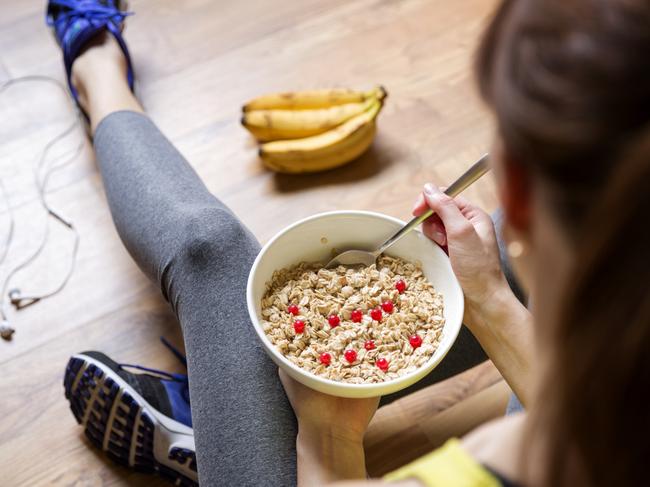
When it comes to eating enough fruit and veg, we talk a good game, but until now western nations have been underachievers.
In the most recent update of the National Diet and Nutrition Survey in 2019, Britons were found to be eating “consistently below the five-a-day recommendation”, with fewer than a third of adults consuming enough. Over the past year, however, things have changed.
“Pre-pandemic, our low fruit and vegetable consumption remained disappointingly unchanged for decades,” says Alex Ruani, a doctoral researcher in nutrition science at University College London and the chief science educator at the Health Sciences Academy.
“But then the COVID-19 pandemic came about and we witnessed an unprecedented swing in intake.”

In findings from what Ruani describes as “the world’s largest dietary study during lockdowns” involving 1.1 million UK and US participants and at present under peer review, researchers from King’s College London found that 33 per cent of participants increased their fruit and vegetable consumption from an average 3.5 to 5.6 portions a day.
None of this could be more timely. In research involving nearly two million adults worldwide that was published in the American Heart Association’s journal Circulation recently, a team from Harvard Medical School and Brigham and Women’s Hospital in Boston, Massachusetts, not only confirmed that five daily servings of fruit and vegetables can help to reduce risk for numerous chronic health conditions, but suggested that we go one better by aiming for a ratio of 3:2 vegetables to fruit. This, they discovered, is the optimal balance for a longer life.
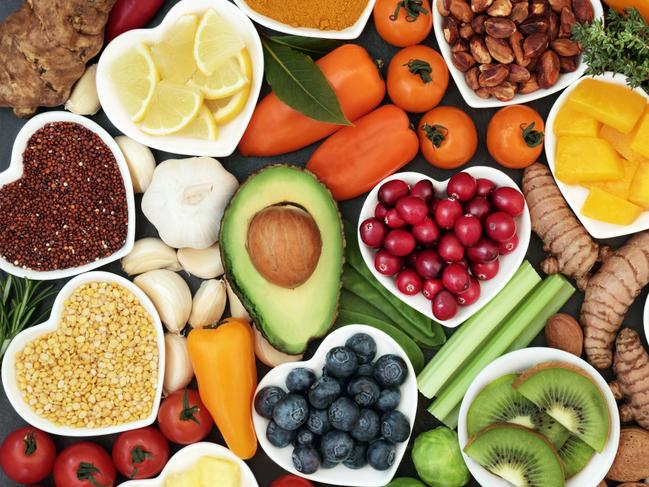
Among those who achieved it there was a 12 per cent lower risk of death from cardiovascular disease, including heart disease and stroke, a 10 per cent lower risk of death from cancer and a 35 per cent lower risk of death from respiratory disease.
Not all fruit and vegetables offered equal benefits, however. Among the best performers were the green leafy brigade of spinach, lettuce and kale, vegetables rich in beta carotene and vitamin C such as carrots and the cruciferous family, including cabbage, broccoli and sprouts. Starchy vegetables — such as yams, sweet potatoes and swede — along with potatoes were found to have no impact on longevity, which the researchers speculated was down to “their higher glycaemic load [the extent to which they raise blood sugar] that has been related to elevated risks of major chronic diseases”. Citrus fruit — limes, oranges, grapefruit — and berries were also hailed as dietary heroes.
Indeed, the Harvard team found that fruit in its whole, unaltered form brings unique benefits and their findings “supported that high intake of fruit, but not vegetables, may confer a protective effect against cancer mortality”.
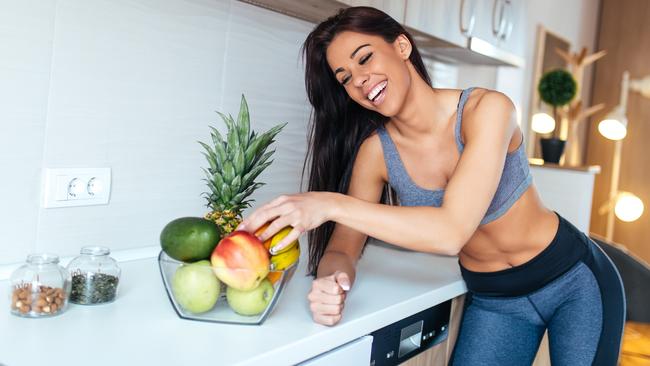
Ruani says that although fruit contains sugar, it should be feared.
“Human biochemistry is not that simplistic,” she says.
“Although most fruits have a higher sugar content and therefore glycaemic load than green, allium and cruciferous vegetables, certain fruits are very low in the glycaemic index. This means that, when eaten whole, they don’t cause a sudden increase in blood sugar and provide a slow, steady and healthier release instead.”
It is only when fruit is juiced or pureed that the sugars it contains become a concern.
So, which fruit and vegetables should you add to your menu?
BLUEBERRIES
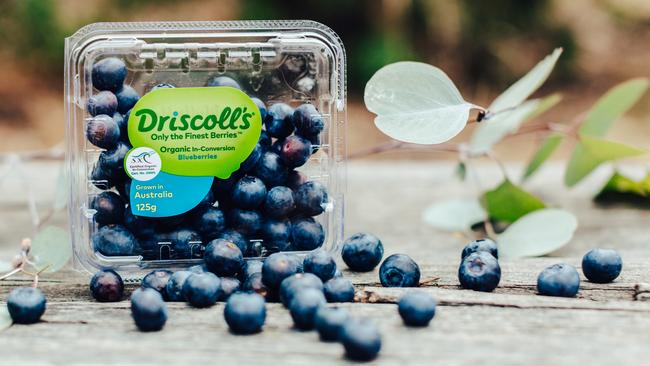
A rich source of the flavonoid anthocyanin, which has potent antioxidant effects associated with a reduced incidence of type 2 diabetes and cardiovascular disease. Researchers at the University of East Anglia reporting in the American Journal of Clinical Nutrition found that eating 150g of blueberries daily reduced the risk of heart disease in overweight people by up to 15 per cent, although they “found no benefit of a smaller 75g daily intake of blueberries in this at-risk group”.
STRAWBERRIES
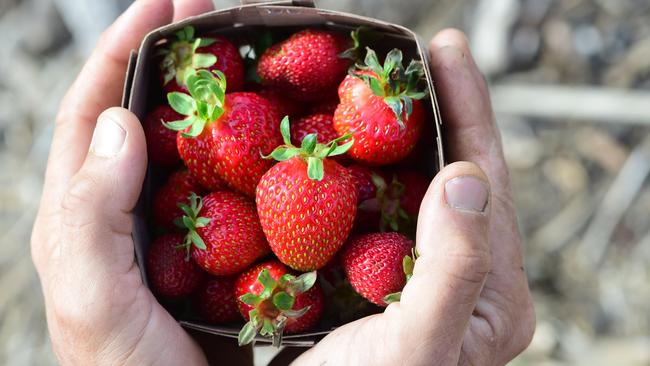
Strawberries contain fibre, antioxidants and are also rich in anthocyanins. In a study of 2,800 people aged 50 and older, researchers reported in the American Journal of Clinical Nutrition that a diet low in fruit, including strawberries, was associated with a fourfold increased risk of developing Alzheimer’s disease and related dementias. A high intake (800g a week) had a protective effect.
SPRING ONIONS AND LEEKS
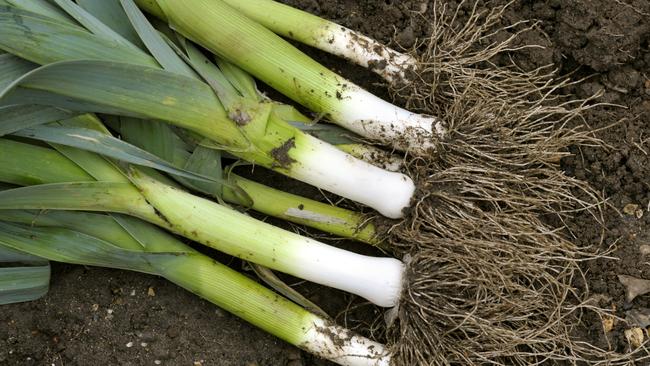
Allium vegetables, including garlic, onions and leeks, have been shown to help with the body’s detoxification process. “They have sulphur-containing amino acids needed for one of our main detoxification pathways, called sulfonation,” Ruani says. “They work by helping to detoxify heavy metals like mercury, painkillers like paracetamol and bacterial endotoxins, the toxic by-products of bacteria living in the body.”
RED, YELLOW AND CHILLI PEPPERS

All peppers (including chilli peppers) have a high concentration of carotenoids, including capsanthin, a bioactive compound shown to reduce obesity-induced inflammation in the body and to raise “good” blood cholesterol levels. “The alkaloid responsible for the spicy flavour in hot peppers called capsaicin is a pungent compound that has been reported to increase energy expenditure through its epigenetic action on certain genes,” Ruani says. “Coupled with its ability to induce fat oxidation means it has desirable mechanisms for weight loss.”
APPLES AND PEARS
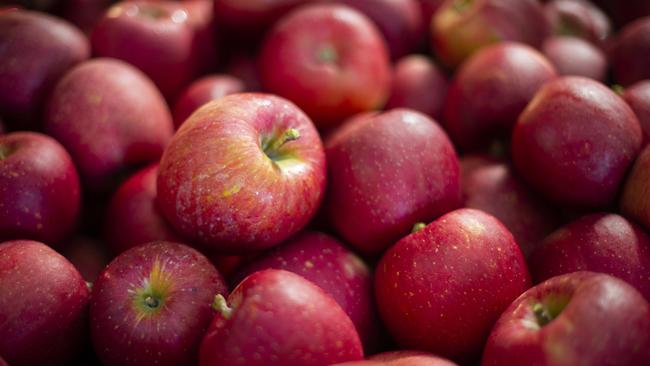
Both are rich in flavonols and an intake of roughly eight apples and pears a month was associated with a decreased risk of developing Alzheimer’s disease and related dementias by scientists at Tufts University in Massachusetts. Tart apples have also been shown to promote the growth of gut bacteria.
— THE TIMES
